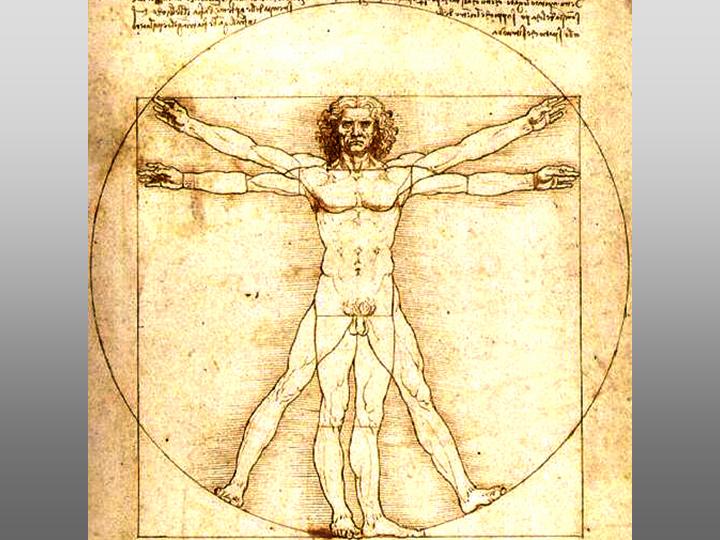Home
 10 Pillars 10 Pillars  Map Map  Tree Tree
 Rationale Rationale
 Forum Forum
 About About
 Terms Terms
 Contact Contact
|
Search
top academic & professional resources |
||||||||||||||||||||||||||||||||||||||||
 Archeology |
Loading
|
||||||||||||||||||||||||||||||||||||||||
|
|||||||||||||||||||||||||||||||||||||||||
Archeology
(or archaeology)
is the study of the past by discovering, analyzing, and
reconstructing physical findings. Archaeology explores biological
remnants (fossils), human artifacts, and environmental findings (C. Zins, 2011).
 ©
©
 Philosophy of archeology
Philosophy of archeology2. Civilizations
 ...
...3. Time
 ...
...4. Place
 ...
...5. Ethnicity
 ...
...6. Interest
 ...
...Post your proposed structure!
a must for your library
Civilizations. From the global perspective archaeology is focused on cultural facts significant to all humans across civilizations.
Time-based archaeologies are defined by the time frame (e.g., contemporary archaeology).
Place-based archaeologies are defined by geographical locations (e.g., archaeology of ancient Egypt (part of Egyptology – the study of ancient Egypt)).
Ethnicity-based archaeologies are based on historical and contemporary ethnic divisions, for example, Inca archaeology (the history of the Inca civilization).
Interest-based archaeologies are defined by fields and subjects, for example, biblical archaeology (study of the biblical world), maritime archaeology (study of cultures and findings from the sea), industrial archaeology (study of past industries) (C. Zins, 2011).
Reflections
| 中 文 English Français Deutsch עברית 日 本語 नेपाली Polski Português Română русский Српски Español More.... |
a must for your library
Chaim Zins, Knowledge Mapping Research, 26 Hahaganah St. Jerusalem, 97852 tel: 972-2-5816705 chaim.zins@gmail.com









